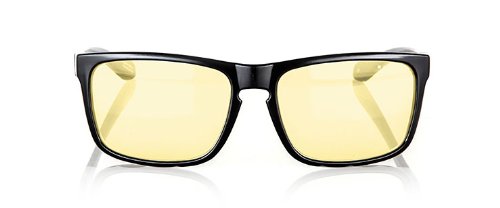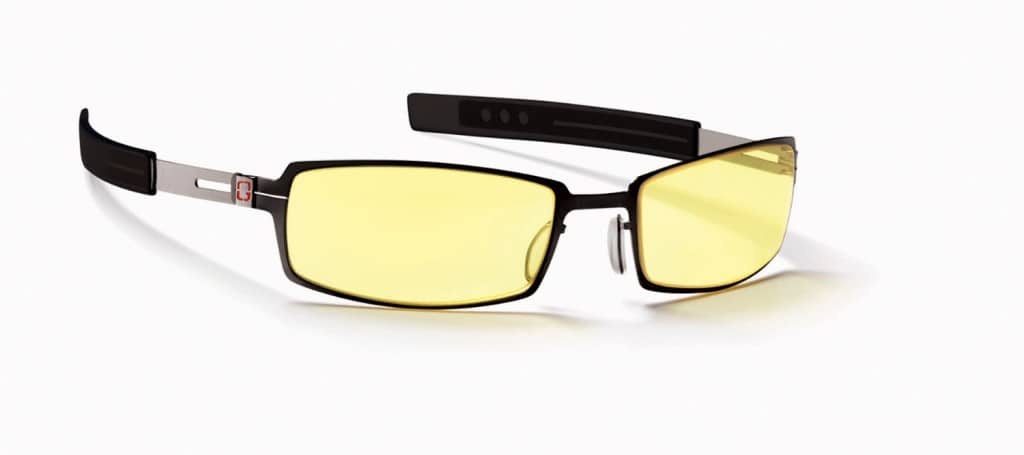
After a long day of working, Joe goes home with a pounding headache. It slowly builds on him throughout the day, even though he takes regular breaks and makes sure he is sitting at his desk with proper posture. Once the weekend hits, he feels pretty good, but dreads Monday because he knows that his cycle of headaches is going to start all over again.
The same is true for Trina, but she gets headaches after long studying sessions at the library. She wears glasses and thinks that contributes to the problem somewhat, but after just 2 or 3 hours of studying using resources through the computer, it feels like there is a nail gun just pounding nails into her skull.
If you get headaches or even migraines after using your computer for an extended period of time, then it might be your eyes begging you to stop staring at the screen. Although computer screen related headaches occur more frequently with people who use their computers for 8 hours or more per day, screen time over multiple devices also adds up.
What’s the solution? Computer glasses.
Computer Glasses Are Designed to Reduce Eye Strain

One of the biggest problems that computer users face today is the garish brightness of the computer screen. When the eyes try to focus on the 12 point font that’s been published on a website or is being created in a word processing program, they have to spend more energy focusing on the subject matter because of the level of brightness. Computer glasses help to reduce the glare and brightness from the computer screen so the eyes don’t have to work so hard.
Computer glasses also have a yellow tint to them that makes it easier for the eyes to focus on the task at hand. It creates a level of depth perception within the viewing area that is natural instead of the two dimensional feeling you would normally get. Some of this you can adjust on your own without computer glasses – just change the tint/shading of your monitor to more of a yellow output and you’ll experience a difference right away.
Then there’s the fact that most computer screens are about two feet away from the eyes. This creates a whole new set of problems for some people.
Computer Glasses Correct Intermediate Vision

When you go to the eye doctor, you’re generally told that you’re either near-sighted or far-sighted when there’s a correction that needs to be made. You’re given a prescription for glasses that will help make the close items sharp or give you a better focus on items that are further off in the distance. Computer screens fall in-between these two corrections and that can create a lot of focusing strain!
Outside of the yellow tinting, you’ll also want to look for glasses that have an anti-reflective coating on them. This will prevent any of the images or light bouncing back into your eyes to create other focusing problems for you!
Having glasses that are curved will also help the eyes focus just a little better on the screen than more traditional glasses. Some say that having curved lenses makes the eyes stay more moist throughout the day, but that’s something that is hit or miss.
What we recommend: Gunner Optiks Gaming Glasses. Although they are designed for gamers, the crystal clarity and depth that is added to the computer experience works on all applications and all screens. It’s also one of the most affordable options available right now that has all the features that you need.
Are you like Joe and Trina and get headaches after using your computer? Then try giving computer glasses a try. They can be made in your unique prescription and can help lower the amount of painkillers you take every day just to get your job done.












Leave a Reply